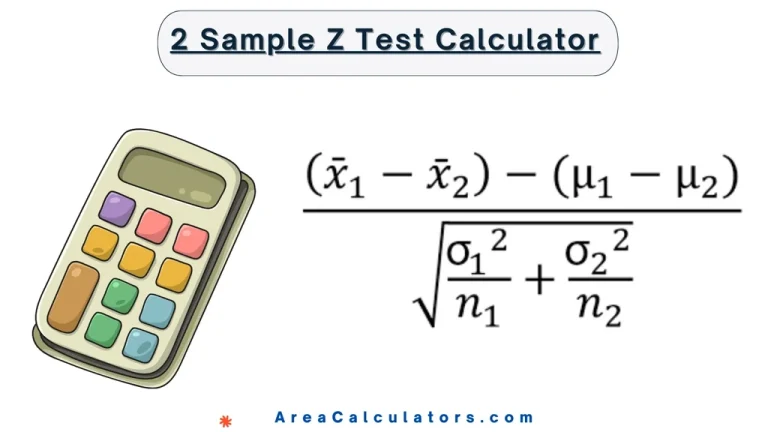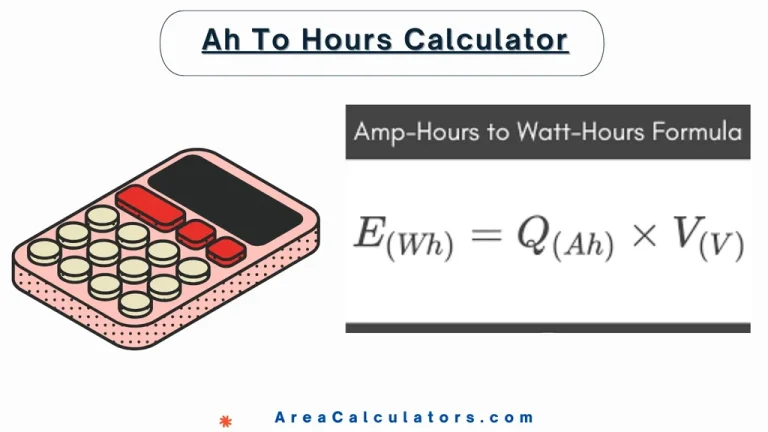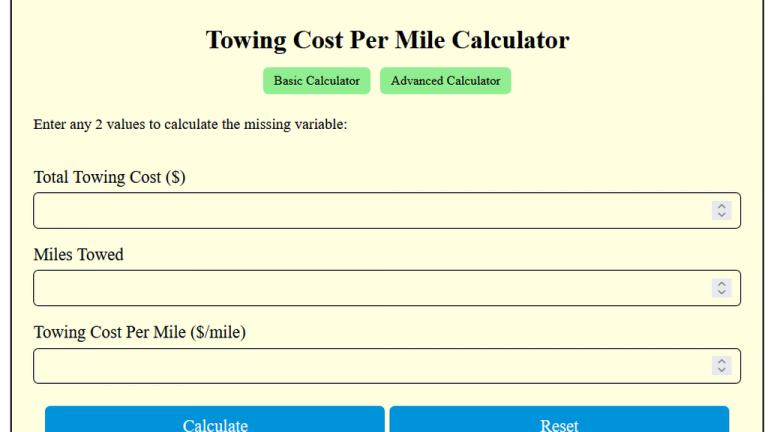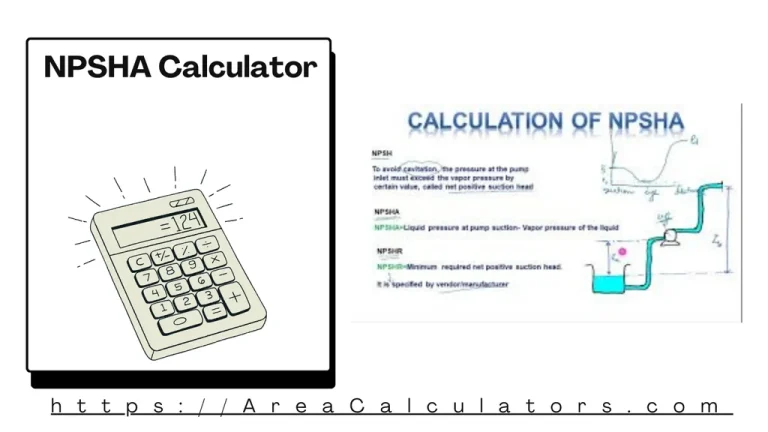kWH to Amps Calculator
To convert kilowatt-hours (kWh) to amps, divide kWh by the voltage (V), multiply by 1000, and you’ll get the current in amps.
The kWh to Amps Calculator provides a convenient way to convert energy usage in kilowatt-hours to the equivalent current in amps. This conversion is useful for evaluating power requirements and understanding electrical consumption in residential or industrial settings.
With the right voltage input, this calculator enables you to estimate the amps drawn, aiding in capacity planning and power management.
Formula
A = (kWH / V) ∗ 1000
| Variable | Description |
|---|---|
| A | Current in amps |
| kWH | Energy in kilowatt-hours |
| V | Voltage in volts |
Solved Calculations
Example 1:
| Step | Calculation |
|---|---|
| Energy (kWH) | 5 kWh |
| Voltage (V) | 220 V |
| Current Calculation | (5/220)×1000 |
| Result | 22.73 amps |
Answer: With 5 kWh at 220V, the current is 22.73 amps.
Example 2:
| Step | Calculation |
|---|---|
| Energy (kWH) | 10 kWh |
| Voltage (V) | 240 V |
| Current Calculation | (10/240)×1000 |
| Result | 41.67 amps |
Answer: With 10 kWh at 240V, the current is 41.67 amps.
What is a kWh to Amps Calculator?
The kWh to Amps Calculator is a powerful tool. One can simply use it for converting kilowatt-hours (kWh) to amps. In fact, it is a necessary conversion in various electrical and energy calculations.
This tool is helpful when assessing energy consumption and current requirements, in particular for designing circuits or estimating power needs for appliances.
To use the calculator, input the power in kilowatt-hours and the voltage of the circuit (e.g., 120V, 240V, etc.). The calculator then provides the result in amps, allowing users to see how much current is drawn based on the energy used.
Final Words:
To end it here, the kWh to Amps Calculator simplifies energy-to-current conversions, making it a valuable tool for anyone working with power management, electrical installation, or energy efficiency projects.





